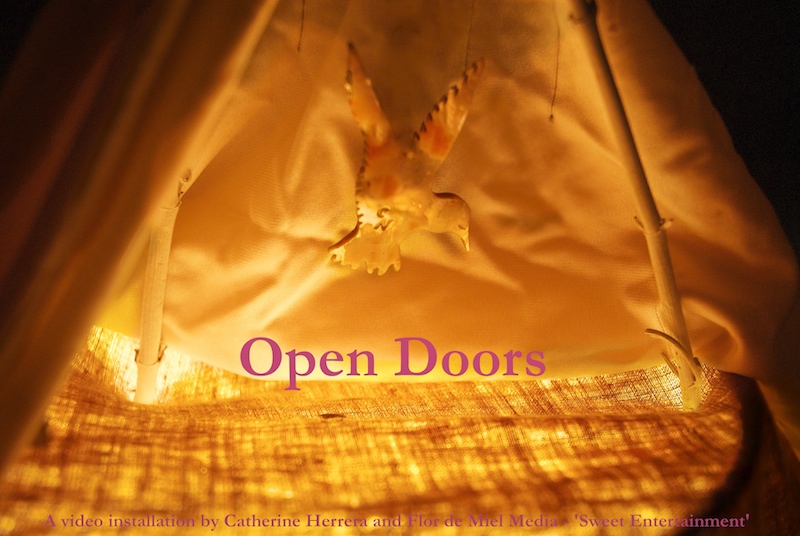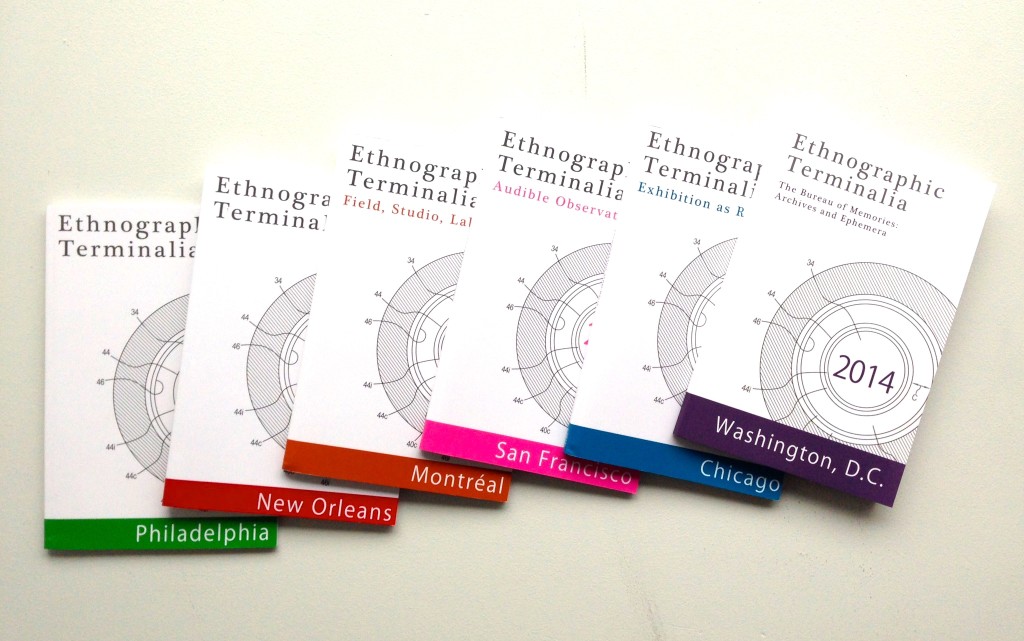‘Open Doors’ Project: The Lost Anthropological Archives of 2012
Oral History Archive
2012
Artist Statement
I wish
behind was left
more
Ohlone.
I cringe hearing
‘the last Mutsun speaking…’
arriving too late
swimming upstream
not
fast enough
can’t
make up
for history
Pray away all the Pain.
Cry all the Tears
from the bottom
of Ashes
comes a New Way
I discover
an Archive
Unburied prayers
ReSpoken stories
Hummingbird
Bearing
Ohlone Story
Open Doors
Forgiving
Healing Day
Commanding
the 4th way
for a 6th Sun
Sustaining
7th Generation
This installation is dedicated to the seventh generation. I pray this material will be valuable to an understanding of our common ancestors.
‘Open Doors’ was started as a tribute to the Ohlone village of Matalan, an honoring seeking to transform a tragic event into a New Way. In the mid-1800’s, late one evening, a common tragedy was to unfold in a unique way. After completing their traditional prayer, the lodge full of Ohlone children, men and women settled in the evening inside the warm womb-like structure. Instead, an eager young bounty hunter wanting to take advantage of cover of night, and deliberately set the lodge on fire. The bounty hunters were quite shocked instead to see that the lodge had begun burning instead from inside, lit deliberately by those inside. The prayer lodge burned, and all inside perished. I learned of this painful Matalan incident while tasked with the responsibility of translating a written archive for my Ohlone community. Through this exercise, I experienced my own trauma, recognizing the injustice for my own ancestors and what they endured—a resilence documented in silence, absent from any Western archive. In fact, the impact of historical, intergenerational trauma from cultural genocide has become a contemporary matter, and challenges to justice exist similarly today. In response to these tragic histories of pain and the silencing of Native Americans, and in particular for my own community, I created ‘Open Doors’ as part of my healing process to join together voices, knowledge, and history from both native and non-native communities in a collaborative oral history archive. As a community, ‘Open Doors’ is contemporary anthropology of the Ohlone community, by the community, and, together, we are collaborating in writing a new chapter of our history, telling future generations of how we moved on together to create a new history of collaboration and respect.
‘Open Doors’ is both a mode of engagement and a metaphor for restoration that allows for opening communication within my larger Ohlone community, between elders and younger generations, leaders and members, and within families. I use this project as a safe space for us to speak our truth and lead the way forward in healing cultural traumas that have scarred many for a very long time. I am one of those people.
‘Open Doors’ is an invitation to all of humanity, to open ourselves to each other and our ancestors. This project is an invitation to participate with Native Americans to break down harmful stereotypes and policy towards indigenous peoples today.
How do we Create a Different Archive?
As settlers and tribes gathered before, around the fire to learn of each other, what modern ways can we collaborate after 500 years of lessons about communicating, valuing and recognizing one another? What can we do to ensure the next 500 years are better?
Anthropological records housed in archives around the world (both public and private) rarely include the voices of the numerous people surrounding those key “informants” being studied by anthropologists. Anthropologists and researchers may have observed these silent people, but their voices and perspectives never entered the ethnographic record and certainly, not the archive. Through ‘Open Doors’ I am creating a new form oral history archive—one that contains the much needed plurality of voices concerning Ohlone culture, and one that will participate in helping communities, yours and mine, to heal and regenerate cultural knowledge, traditions, and histories.
‘Open Doors’ exhibited in Audible Observatories is a small-scale model of the larger ‘Open Doors Model Project’ that draws upon the sacredness of the prayer lodge as a space for healing. The goal of this installation at SOMArts is to generate a positive space for a larger audience to gain a renewed understanding of our current historical moment, the role of the archive in reconciling memory and identity, modes of negotiating cultural diversity and understanding, as well demarcate a place for all to positively participate in a communicative space that addresses history, land, politics, and the future. In short, ‘Open Doors’ is about listening and sharing, in a productive way, between communities and cultures.
In creating an iteration of ‘Open Doors’ for Audible Observatories I came to question, what role do I have as a documentary filmmaker in articulating how an oral history archive can better achieve understanding of who we are as the Ohlone today? My goal then is to not only comment upon how the ethnographic archive has been used to silence indigenous communities, but also to propose how creating our own archives can enable and empower access to voices, knowledge, and wisdom from our ancestors. The archive—either real or imagined—can be a powerful tool when it employs a wide range of voices. Ultimately, my work with ‘Open Doors’ is aimed at questioning what new models of communication between Native peoples and Non-Native people can be written into a new archive?
By incorporating contemporary footage of traditional teachings from Mexico about the important December 21, 2012 date in the Mayan calendar, the archive highlights the need to open the doors to understanding of the deep connection between native and indigenous peoples even today. ‘Open Doors’ contemplates the theory of a Penutian language connection between the Ohlone and Mayan as a means of better understanding traditional and contemporary shared experience.
By so doing, I seek to pivot from the historical to draw attention to the challenges anthropologists face today, particularly in the field, by asking the larger anthropological community to consider its role and impact on contemporary development projects in Native/Indigenous communities today.
This contemporary Ohlone archive engages our community in the ethnographic field process and methods, bringing in the voices and experiences of Ohlone elders and community members, and members of my own family These voices are deposited in this new archive alongside visual imagery from local Ohlone San Francisco and Bay landscapes reflecting on traditional sacred sites.
Critical to this archive is your voice. I invite gallery goers to participate in the archive by sharing their voice (anonymously or otherwise), an offering, if you will, to the contemporary Ohlone archive of the Bay Area — share what you’d like to add to the contemporary Ohlone community healing process – all voices help to build a broader understanding of our collective history. The voices and knowledge in this new oral history archive will inform the larger ‘Open Doors’ project planned for 2013.
Biography
Catherine Herrera a documentary filmmaker and installation artist based in the San Franciso Bay area. Catherine creates commissioned installations and documentary films provoking a contemplative space that sparks both a dialogue and greater understanding with her Ohlone culture. She has exhibited in both the United States and Mexico.
Catherine worked and lived in Mexico for seven years as a photojournalist and news producer for international press, and, exhibited a growing body of photography and short films such as the 1 hr: ‘Transition’ on Democracy in Mexico. Herrera returned to California in 2002 to reconnect her family history while working as an associate producer on the Ripe for Change film directed by Emiko Omori.
For the last seven years, Catherine Herrera has been a member of the larger Ohlone community and part of the revitalization and healing process of the community by contributing through photography and filmmaking, to create a greater awareness of contemporary Ohlone art and culture. Her great, great grandfather was born in San Francisco City in 1857, and her family lived and worked in Almaden and San Juan Bautista near Hollister, CA near where family mission records were obtained.
‘Open Doors’ is the third video in a trilogy of works that contains ‘Bridge Walkers’ (2012) and ‘Witness the Healing’ (2008), and reflects on historical and contemporary Ohlone culture.


